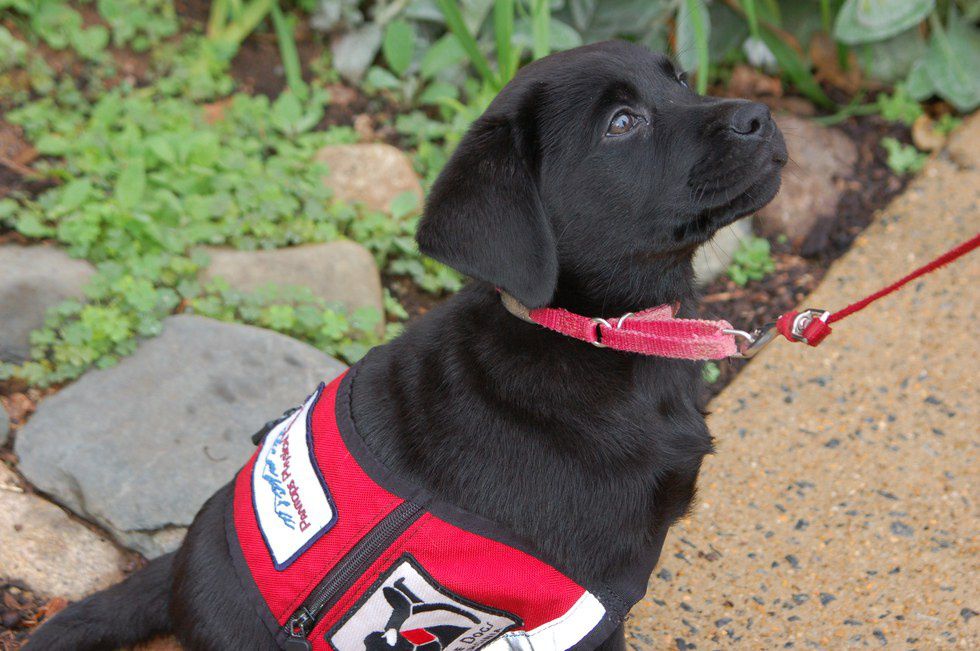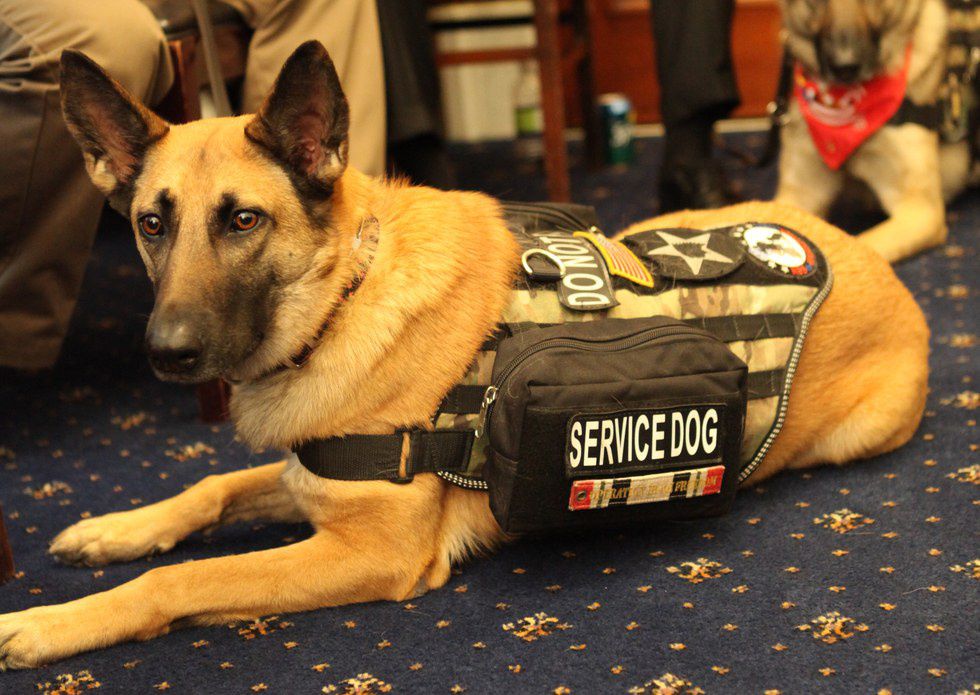It’s a dog, of course you want to pet it.
Until you see the vest that he’s wearing. Then… well, you still want to, but you can’t anymore, not while he’s on duty. When the vest is on, he’s busy, and can’t be disturbed.
When you turn your eyes to the person that the dog is working for, you usually can see right away why they need a service dog. Typically, service dogs are used for hearing or visual impairments, to help their owners with virtually any task that requires the sense that they’re missing.
But those aren’t the only reasons for service dogs to be needed. Recently, service dogs have been brought in for different reasons than the obvious. Today’s world is seeing service dogs used for invisible disabilities.
Invisible disabilities are defined as chronic illnesses that do not show any obvious signs of their illness. These can be visual, auditory, sitting, learning, or mental disabilities, ones that you can’t see just by looking at a person. Something as simple as wearing contacts can be known as an invisible, or “hidden”, disability.
Many invisible disabilities are ones that can be treated by “simple” solutions, such as contacts or a micro-size hearing aid. Some invisible disabilities, however, are ones that can’t be treated with such a solution, and are ones that only manifest in certain situations. These include depression, anxiety, seizures and post-traumatic stress. These types of disabilities are ones that so many people live with every day, and having a service dog around when symptoms become overwhelming is quickly becoming a smart and effective way to help the situation.
Just ask Dr. Ronald Samarian, a psychiatrist at Beaumont Hospital in southeast Michigan. He’s been studying patients with invisible disorders who have been working with a service dog over time to see how the patients are healing. Having that dog around, he says, is very successful “…because of the interaction and comfort that the dogs provide.” Despite the circumstances, the act of playing with a dog is still the same, and releases the hormone oxytocin into the brain, which is commonly known as the love drug. It helps us to make bonds and connections with other individuals, two-legged or four.
The process of ‘creating’ a service dog is a longer one, and usually takes 1-2 years of work. There are two main sides to the dog’s training: behaving correctly in public, and disability-related tasks. For example, a service dog who works with someone suffering from post-traumatic stress needs to be able to continually keep their focus on their owner and not on anyone around them, and also needs to know what to do to keep their owner calm if an incident caused by the owner’s disorder takes place. This could include helping the owner through a flashback triggered by a certain noise or sight, or keeping their owner “in the now” during a triggered panic attack. The added bonus of having a service dog is that they can be around nearly 24/7, while still knowing what symptoms to look for and what to do if something happens. It’s like having your mom around you constantly, looking out for you while also not getting on your nerves at all.
Not all invisible disabilities can be helped with a service dog, but those that do should seriously consider the benefits of having one around. There are costs to consider in the application process (application fee, training costs, a possible fee for getting the dog itself – anywhere from a few hundred to several thousand dollars total), not to mention the fact that you now have an animal to feed and look after, but the rewards can outweigh the costs any day.
Plus, free kisses for, like, ever.





















